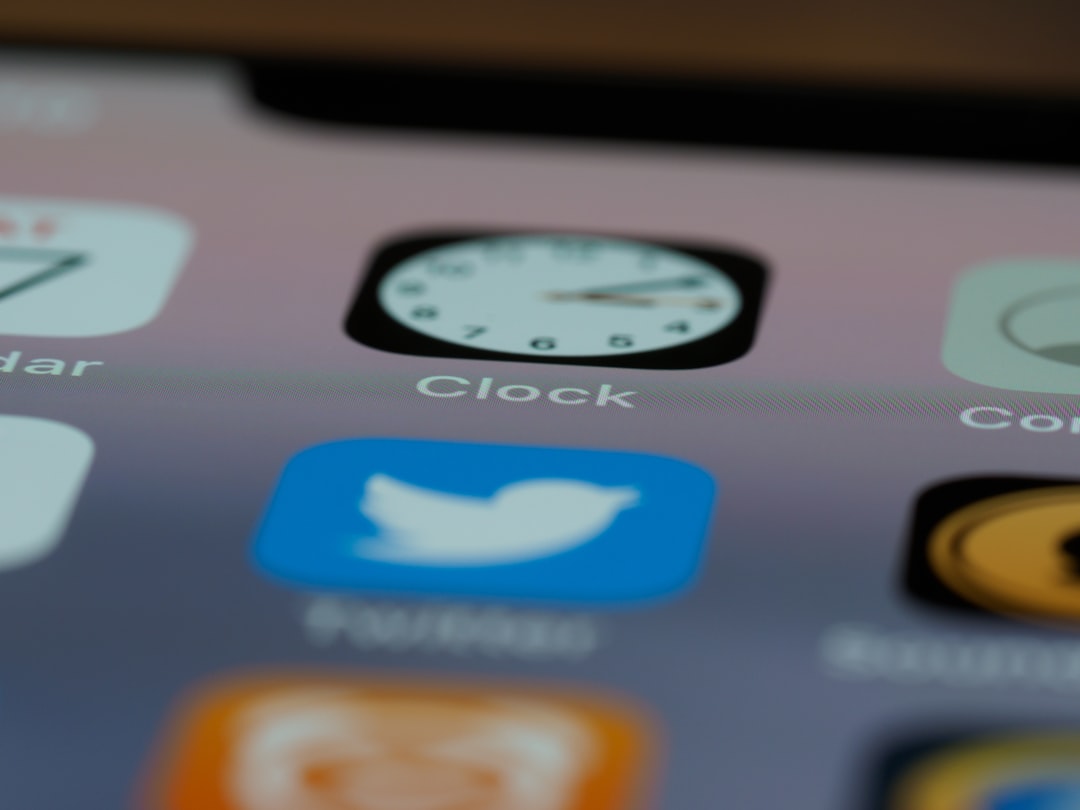Email marketing continues to be one of the most effective tools in a marketer’s arsenal, known for delivering high ROI, cultivating customer relationships, and driving conversions. However, success in email marketing is not solely about crafting compelling content or designing visually pleasing emails. One of the most crucial — and often overlooked — factors is timing. Knowing the best time to send an email can significantly impact metrics such as open rates, click-throughs, and overall engagement.
Why Timing Matters in Email Marketing
Marketers pour considerable effort into creating engaging subject lines, persuasive copy, and irresistible calls-to-action. But if emails are sent when subscribers are least likely to check their inbox — or worse, when they’re bombarded with other emails — all that work could end up fruitless.
Data from multiple studies suggest that emails sent at strategic times are more likely to be opened and acted upon. This boils down to behavioral patterns, recipient time zones, and industry-specific expectations.
The right timing helps you:
- Increase open rates
- Boost click-through rates
- Reduce unsubscribe rates
- Improve overall campaign effectiveness

Best Days of the Week to Send Marketing Emails
Several studies have aimed to identify the best days for email engagement. Here’s what has been consistently observed:
Tuesday – The Holy Grail of Email Marketing
Tuesday has widely been reported as the best day to send emails. It strikes the perfect balance as it’s early enough in the week to catch people in their work mindset without being too close to the weekend rush. Engagement levels are consistently high on this day.
Thursday – A Close Second
Thursday also performs exceptionally well. By Thursday, people are usually in a rhythm with their weekly tasks and may be more likely to take a break to read something in their inbox.
Wednesday – The Middle Ground
While not as statistically strong as Tuesday or Thursday, Wednesday still sees relatively decent open and click-through rates. If you’re sending multiple emails a week, Wednesday can be a great second touchpoint after Tuesday.
Days to Avoid
- Monday: People are catching up on the weekend overflow and are more likely to delete or ignore non-urgent emails.
- Friday: Many start to mentally check out for the week or begin their weekend early.
- Saturday and Sunday: Weekend emails usually suffer from low engagement, especially for B2B audiences who are away from their work routines.
Best Time of Day to Send Emails
Just as the day of the week matters, so does the time you choose. Your subscribers are not online 24/7, and sending emails during peak attention hours can greatly increase your chances of engaging readers.
Morning Sends (8 a.m. – 10 a.m.)
This window tends to be the most effective. It aligns with the time when many people check their inboxes first thing after starting work. This is especially ideal for professional or productivity-focused emails.
Midday Sends (12 p.m. – 2 p.m.)
Lunchtime hours offer another key opportunity. People often check their email during lunch breaks, making this a great time for consumer-oriented or entertaining content.
Late Afternoon (4 p.m. – 5 p.m.)
Emails sent toward the end of the day may catch employees during a slowdown or as they wrap up for the day. While not as potent as mornings or midday, this slot can work for specific audiences or reminders.

Evening Sends (6 p.m. – 9 p.m.)
Depending on your audience, sending emails in the evening can be beneficial, particularly if your target demographic includes parents, students, or late-night browsers. Engagement can be good, but be careful to avoid overly promotional content that may feel intrusive.
Factors That Influence the Best Email Send Time
While the above guidelines are generally useful, the best time may vary depending on your unique audience and industry. Consider the following factors:
- Industry Type: B2B emails perform best during work hours. In contrast, B2C emails may do better during evenings or weekends.
- Geographic Location: Always account for time zones. Segment your lists accordingly to optimize your emails’ effectiveness globally.
- Subscriber Behavior: Use behavioral data and analytics to identify when individual subscribers are most active.
- Device Usage: Mobile readers might check their inboxes at different times than desktop users.
A/B Testing the Best Send Time
Since every audience behaves differently, conducting A/B tests is essential. By dividing your email list and sending messages at different times, you can determine which slots yield the best performance metrics. Over time, this data will guide you toward the most effective schedule tailored to your specific audience.
Using Automation and AI for Timing Optimization
Modern email marketing platforms offer features such as send-time optimization through machine learning. These tools analyze user patterns to determine when individual subscribers are most likely to open emails and schedule dispatch accordingly.
This approach allows marketers to move away from a one-size-fits-all mindset and toward a more personalized, data-driven messaging strategy.
Conclusion
The exact best time to send marketing emails will depend on numerous factors, including industry niche, audience behavior, and campaign goals. However, general studies reveal that midweek, especially Tuesday and Thursday mornings, offer a reliable peak in performance for most audiences.
Ultimately, combining these benchmarks with A/B testing and AI-powered optimization tools will help deliver your emails at just the right moment. With the right timing, even a modestly crafted email can outperform a perfectly written one sent at the wrong hour.
Frequently Asked Questions (FAQ)
-
Q1: Is there a universal best time to send an email?
No. While studies show that mid-mornings on Tuesdays or Thursdays are generally effective, the optimal send time depends on your audience and industry. -
Q2: Should I send emails during the weekend?
Weekends usually yield lower open and click-through rates, especially for B2B audiences. However, certain B2C niches may benefit from weekend sends. -
Q3: How can I determine my audience’s preferred email time?
Use A/B testing and email analytics to assess open and click times. Some platforms offer send-time optimization based on user behavior. -
Q4: Is it okay to email the same list multiple times a week?
Yes, but space them out appropriately and ensure the content adds value. Over-communicating can lead to unsubscribes. -
Q5: Do different time zones matter in email marketing?
Absolutely. Always segment your list by geographic location to send emails during optimal hours in each region.